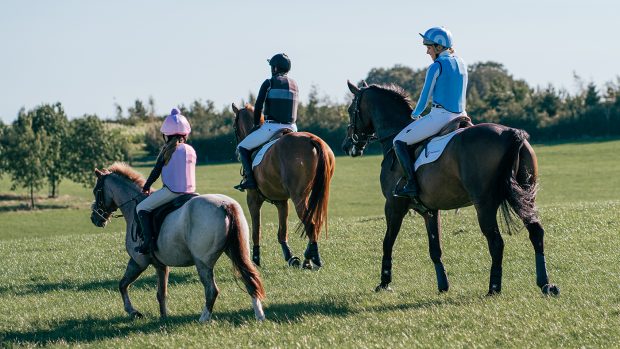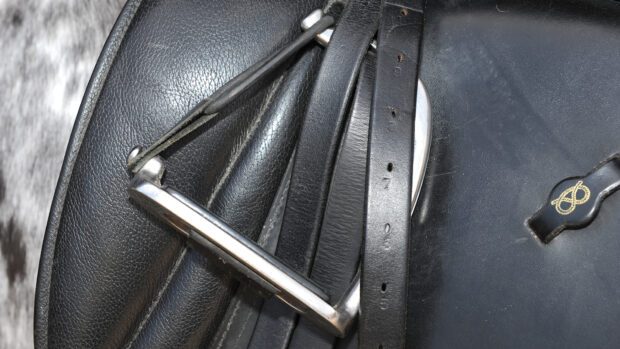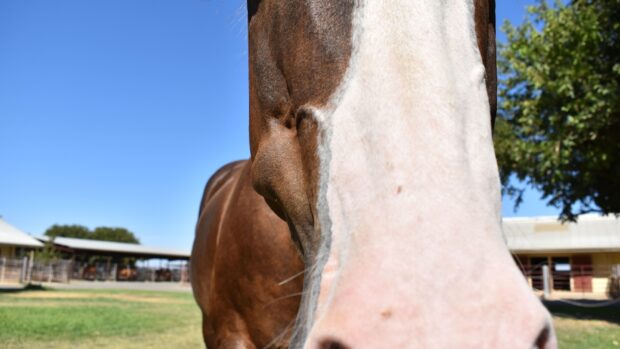The US Eventing Association (USEA) is this month drafting proposed new rules in an attempt to slow speeds and move away from technical cross-country courses, following a meeting that examined safety in the sport.
The USEA’s strategic planning session on 21-22 March came six days after Olympic team medallist Darren Chiacchia was critically injured in a rotational fall and two horses died of pulmonary haemorrhage at the Red Hills Horse Trials in Florida.
“There are several overlapping things happening here,” explained USEA president Kevin Baumgardner, who said he had received an “outpouring” of emails and phone calls from members after Red Hills.
“People are saying it’s time to move away from courses with complexes of technical fences, taken at show jumping speeds, to a more rhythmic, balanced test that still challenges, but has horses galloping cross-country.”
At the March meeting, the USEA’s board of governors resolved to adopt six guiding principles, among them to identify “appropriate” course-design and speed for each level, and emphasise the “success of horse and rider, not a philosophy of elimination”.
Some believe the sport is paying more attention to the advanced competitors than to the numerous grassroots riders.
Former USEA president Denny Emerson believes course-designers have tried to make up for the absence of roads and tracks and steeplechase in the short format by making the routes more technical.
He said: “While top riders can handle such routes, the effect of that kind of course-design is hitting weekend warriors and kids at training and prelim, and even novice level.”
The USEA’s eventing standards task force is charged with reporting rule change proposals to the US Equestrian Federation’s (USEF) eventing technical committee on 23 April. If approved, some changes could be adopted this summer and take effect immediately, while others could start in the 2009 season.
This news story was first published in Horse & Hound (3 April, ’08)



